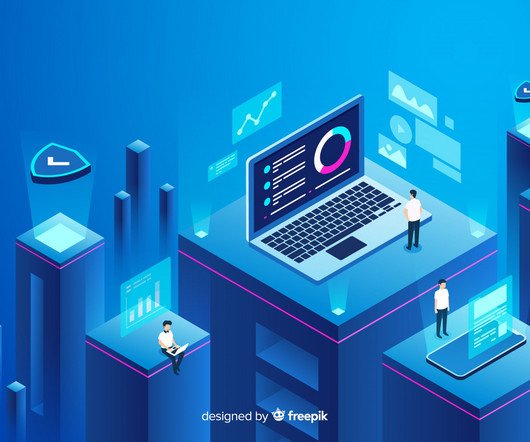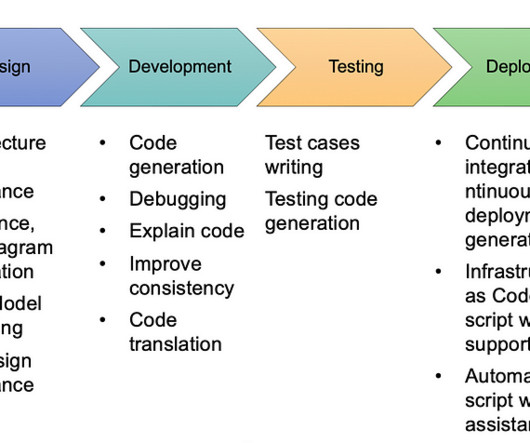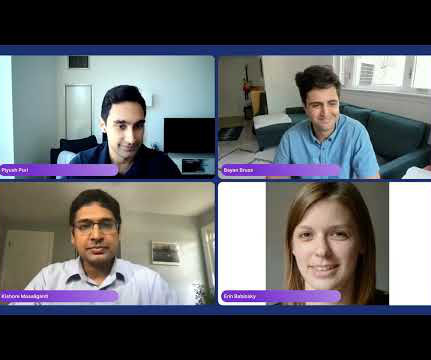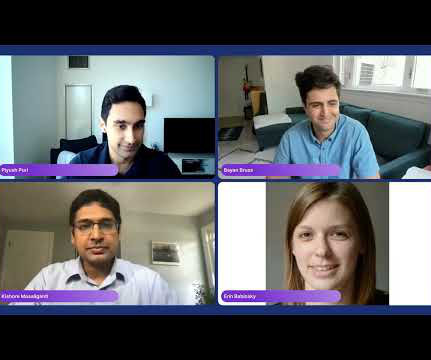The Data Dilemma: Exploring the Key Differences Between Data Science and Data Engineering
Pickl AI
JULY 25, 2023
Unfolding the difference between data engineer, data scientist, and data analyst. Data engineers are essential professionals responsible for designing, constructing, and maintaining an organization’s data infrastructure. Read more to know.












Let's personalize your content